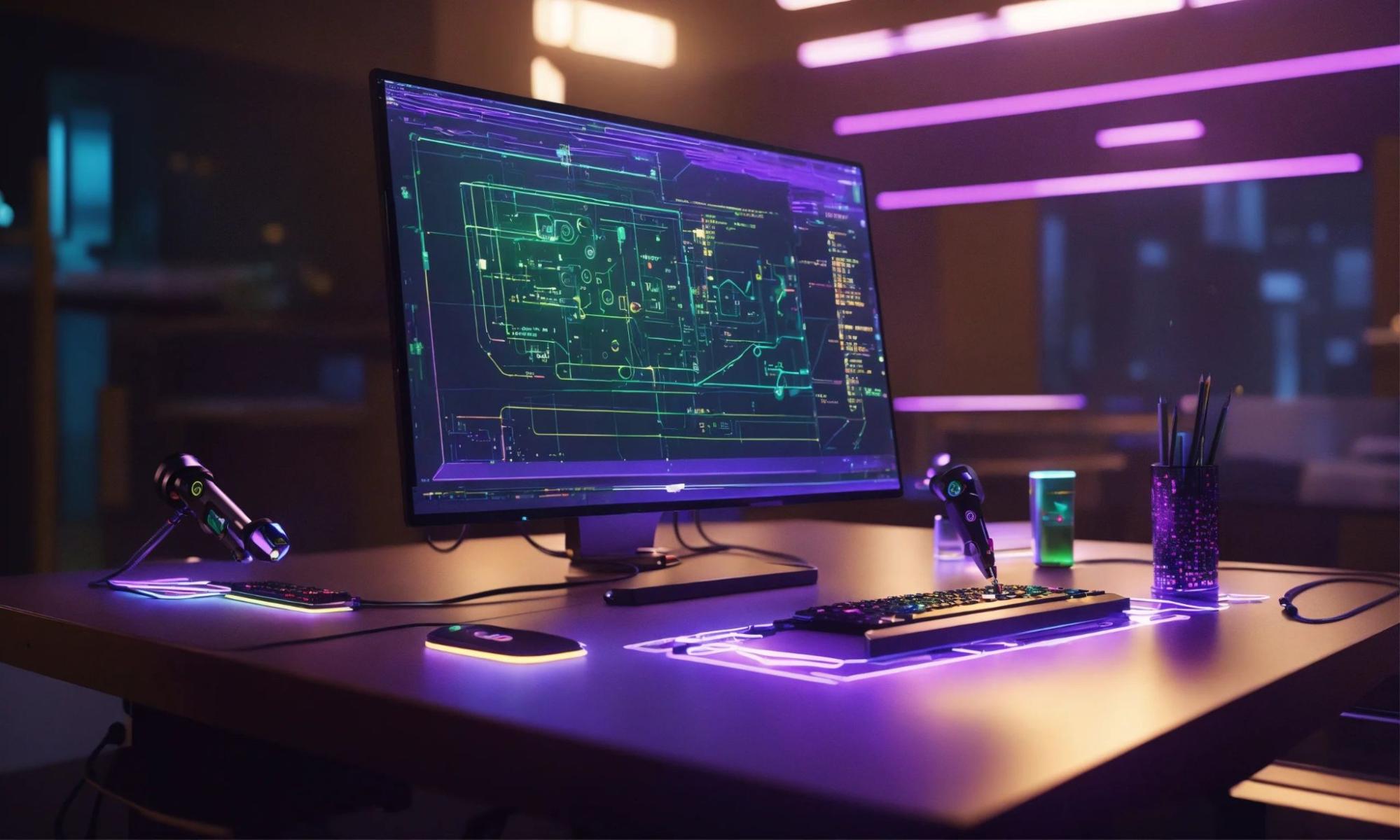
By Tife Sanusi
AI Content Fellow
Last Updated
Artificial Intelligence has been proving itself useful in various industries, from education to medicine, by helping professionals to streamline their work and focus on what is important, and at the same time personalizing experiences for customers and clients. One of the most important areas that AI can be used for is education, an industry with consumers that is made up of virtually every individual in a society. Despite this, the education sector is notoriously underfunded, leaving educators overwhelmed and allowing children with learning disabilities or neurodevelopmental disorders like ADHD, dyslexia and autism to slip through the cracks. Some educators are now turning to AI as a way to create personalized learning experiences for these students to enable them to learn with their friends and navigate social interactions better.
🧠 Understanding Neurodiversity
Neurodiversity is often used as a way to describe the fact that everybody thinks and processes information differently, especially people with neurodivergent disorders. These are neurodevelopmental disorders that are able to change the way a person thinks, learns, or behaves, this includes dyslexia, ADHD, DCD and autism among others. Since lesson plans are typically created for neurotypicals or people whose brains function in a way that is considered the norm, children or learners with these disorders might not be able to learn in a conventional classroom.
For example, most children with autism learn best in structured environments with little to no stimulating factors and lots of visuals rather than spoken or text-heavy teaching. On the other hand, students with ADHD work best with a gamified learning process including a lot of physical activity, positive reinforcement and peer interaction. When these needs are not met, it would be difficult for children to learn at the same level as their neurotypical peers. According to different studies, about 15% to 20% of the world’s population is neurodivergent, most of whom would be left behind in a “normal” classroom.
📲 AI for neurodivergent learners
Diagnosing neurodevelopmental disorders can be a long and difficult process. This is partly because there is no medical test to diagnose these disorders and also because neurodiversity looks different with every individual. However there has been some success in using AI to diagnose some learning disabilities like ADHD and autism. In some studies, researchers were able to use convolutional neural networks based on continuous mental task EEG signals to successfully diagnose ADHD in children. Some Stanford researchers have also developed an algorithm that can diagnose autism just by looking at brain scans.
A great deal of interventions for neurodivergent disorders especially among children and learners rely on providing customized or personalized learning environments for them. While this might not be feasible in an average classroom, it is a more realistic solution with the introduction of AI. Some companies and startups are building tools and softwares that helps to create personalized learning experiences that can adapt to different learning methods, pace, and strengths.
Similarly, in the medical field, advanced solutions like medical speech-to-text are being developed to enhance the accuracy and efficiency of clinical documentation, thereby supporting healthcare professionals in delivering better care.
This can lighten the load on teachers enabling them to have some sort of teaching assistant in the classroom. Tools and anthropomorphic robots like Ayoa and Milo help to tailor the learning process for specific needs giving teachers and educators the tools to help their students learn effectively.
⚙️ How it works
There are many AI assistants and speech recognition tools that are helpful to children with learning disabilities. Tools such as Siri, Alexa, and Google Assistant are sometimes used in education and work well for children who learn better with speech. Speech recognition tools can also help with translating, transcribing, and modifying speech to the learner’s preference. For example, a child who is hyper fixated, or has a special focus, on a particular movie or show might learn better when taught in the voice of a character on that movie or show.
An early diagnosis of neurodivergent disorders is really crucial in helping neurodivergent people learn and approach the world in a way that is better suited for them. When this does not happen, most neurodivergent children are labeled as troublemakers or do not get the support that they need. Unfortunately, it can be difficult to get a diagnosis with children having to wait almost three years in the UK to get diagnoses. This can be countered with the introduction of AI-based screening for neurodivergent disorders. While this technology is still in the early stages, there has been some success with them. This would allow teachers and parents to tailor lesson plans and activities specifically for the learner early on, increasing the chances of the learner adapting well to both their studies and their peers.
Since children and learners with neurodivergent disorders sometimes struggle with communication and comprehension in a typical classroom, it makes sense that teachers and parents are also turning to AI to help with that. Some learners are able to use tools such as ChatGPT to rehearse and finetune their communication, with the model acting as a way to get a social script to assist in navigating a very neurotypical world. For many neurodivergent people, these tools are a source of independence and expression.
🌆 Social impact of AI-based interventions for neurodivergent disorders
Apart from helping neurodivergent learners with communication skills, AI can also assist in teaching other skills like social interactions and emotional recognition. This usually involves the use of AI voice assistants or companions that can help neurodiverse learners, especially those with autism practice social scenarios and communication skills. While most of these assistants or companions are also useful for educational purposes, they are uniquely able to serve as a form of virtual “friend” for the neurodiverse learner, supporting them and creating an environment that allows them to self-regulate. This will in turn promote an accessible and inclusive learning environment for learners with learning disabilities making the classroom a safe space for them.
Of course, this way of learning has some drawbacks. For one, there has not been sufficient research done into the disadvantages of teaching neurodivergent students in this way. We might not be able to tell the adverse effects, if any, of using AI-powered virtual companions for students yet as this research is still in its early stages. AI-based learning also suffers from some of the challenges that every AI-based intervention has. This includes the possibility of biased or discriminatory outputs, privacy concerns, and the need for more time and research into this particular field.
🐇 Conclusion
AI-based interventions can help to break down the barriers for neurodivergent students, helping them to receive the same quality of education as their peers and empowering them with lifelong communication and social skills. This is good progress for educators who are often not equipped with the resources and skills to help neurodivergent students reach their full potential, as well as neurodivergent students who are often left to slip between the cracks. With a little more research, time, and funding, AI could potentially change the way that neurodivergent students are taught for better.
Note: If you like this content and would like to learn more, click here! If you want to see a completely comprehensive AI Glossary, click here.




